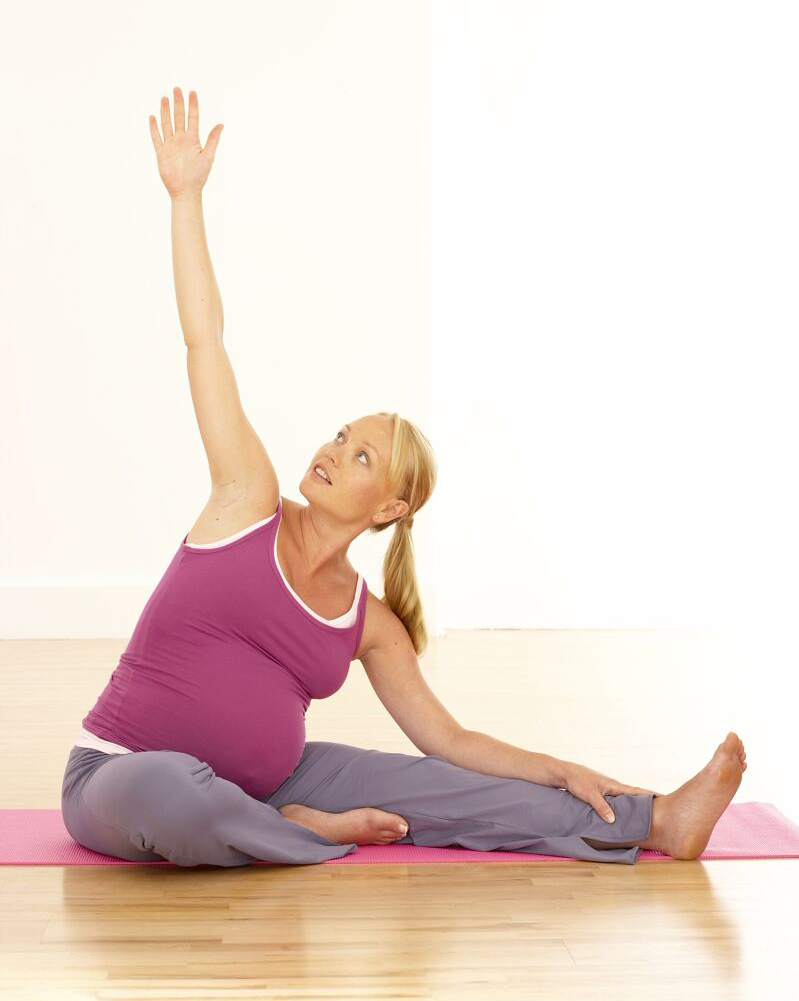Prenatal Education and Prevention of Incontinence and Hernia
Prenatal Education and Prevention of Incontinence and Hernia
PRENATAL * PREGNANCY * POSTPARTUM CARE & PREVENTION

Pain management and safe exercise prescriptions for women during this phase of their life. It is important for your health and the health of your baby to choose a women’s health specialist. A consultation and treatment with a Women’s Health Physical Therapist will provide you with information regarding conditions that would benefit from physical therapy. You will receive:
- The knowledge of how to exercise during pregnancy; according to the American College of Obstetricians and Gynecologists, women during pregnancy are advised to exercise 3-4 times per week for 15 minutes at a time at a heart rate of 140 beats per minute.
- An assessment of the pelvic floor musculature using biofeedback to assure proper pelvic floor muscle contraction technique and instruct in a pelvic floor exercise program during pregnancy and postpartum to prevent urinary incontinence.
- Techniques to treat and to avoid any type of pain during your special time of pregnancy and postpartum; assess alignment, posture, muscle tightness, muscle strength and perform appropriate treatment. Education in proper ways to move and position yourself and your baby is called body mechanics. This is a key factor in being pain-free during pregnancy and with your child postpartum.
- Tools to prevent hernia and belly bulge after labor and delivery. Instruction on safe abdominal, low back and hip exercises are imperative to restore core tone and strength.
- Techniques to prevent painful sexual intercourse postpartum. Proper technique of perineal massage, which has been seen to reduce the incidence of episiotomy and perineal tears during birth. Perineal massage and techniques administered by a women’s health specialist will also assist in reducing scar tissue that develops post episiotomy and tearing during labor and delivery.
Prenatal assessments are most beneficial in determining your needs and offering the best care and prevention.
“Physical therapy during pregnancy can prove to be useful for remedying common discomforts like back pain or for enhancing your body’s ability to have an easier and smoother pregnancy and birth. Physical therapy is not just for recovery. Talk to your health care provider about incorporating physical therapy into your prenatal care.” American Pregnancy Association
Did you know…

When 232 patients were surveyed 1 day postpartum:
- 46% hadn’t received information on Kegel exercises
- 51.3% hadn’t received information on episiotomy
- 46.6% hadn’t received information on urinary incontinence
- 80% hadn’t received information on fecal incontinence
- 72.8% hadn’t received information on changes in the vaginal caliber
- 84% hadn’t received information about neuropathy
- 53.3% were unaware that pelvic floor exercises reduce the risk of urinary incontinence
McLennean M, et al. Patients’ knowledge of potential pelvic floor changes associated with pregnancy and delivery. IUJ. 2005 July; online.
When women were surveyed within 3 months postpartum:

- 57% reported headaches
- 51% low back pain
- 43% hemorrhoids
- 27% dyspareunia (pain with intercourse)
- 26% lower extremity pain
- 21% urinary incontinence
- 21% carpal tunnel syndrome
- 14% fecal incontinence
- 11% varicose veins
Only 13% reported receiving any educational information from their healthcare providers regarding these symptoms.
Figeurs, C. Unpublished abstract, 2004. A Study of Postpartum Women: Description of Reported Health Issues within the First Three Months Post-Pregnancy. Duke University, Durham, NC.


